1、串行程序
串行程序是基于嵌入式Linux串行通信GUI终端设计及实现。传统意义上的写法,我们得到的往往会是串行执行的程序形态,程序的总的执行时间是method1的执行时间time1加上method2的执行时间time2,这样总的执行时间time=time1+time2。我们得到的是串行的程序形态。
import com.yang.domain.BaseResult;
import java.util.concurrent.TimeUnit;
/**
* @Description:
* @Author: yangzl2008
* @Date: 2016/1/9 19:06
*/
public class Serial {
@Test
public void test() {
long start = System.currentTimeMillis();
BaseResult baseResult1 = method1();// 耗时操作1,时间 time1
BaseResult baseResult2 = method2();// 耗时操作2,时间 time2
long end = System.currentTimeMillis();
//总耗时 time = time1 + time2
System.out.println(“baseResult1 is ” + baseResult1 + “\nbaseResult2 is ” + baseResult2 + “\ntime cost is ” + (end - start));
}
private BaseResult method1() {
BaseResult baseResult = new BaseResult();
try {
TimeUnit.SECONDS.sleep(1);
} catch (InterruptedException e) {
e.printStackTrace();
}
baseResult.setCode(1);
baseResult.setMsg(“method1”);
return baseResult;
}
private BaseResult method2() {
BaseResult baseResult = new BaseResult();
try {
TimeUnit.SECONDS.sleep(1);
} catch (InterruptedException e) {
e.printStackTrace();
}
baseResult.setCode(1);
baseResult.setMsg(“method2”);
return baseResult;
}
}
执行结果:
[plain]
BaseResult{code=1, msg=‘method1’}
baseResult2 is BaseResult{code=1, msg=‘method2’}
time cost is 2000
2、串行程序的多线程过渡
而这种代码是不是可优化的地方呢?加快程序的执行效率,降低程序的执行时间。在这里method1和method2是相互不关联的,即method1的执行和method2的执行位置可以调整,而不影响程序的执行结果,我们可不可以为建立线程1执行method1然后建立线程2来执行method2呢,因为method1和method2都需要得到结果,因此我们需要使用Callable接口,然后使用Future.get()得到执行的结果,但实际上Future.get()在程序返回结果之前是阻塞的,即,线程1在执行method1方式时,程序因为调用了Future.get()会等待在这里直到method1返回结果result1,然后线程2才能执行method2,同样,Future.get()也会一直等待直到method2的结果result2返回,这样,我们开启了线程1,开启了线程2并没有得到并发执行method1,method2的效果,反而会因为程序开启线程而多占用了程序的执行时间,这样程序的执行时间time=time1+time2+time(线程开启时间)。于是我们得到了串行程序的过渡态。
[java] view plain copyimport com.yang.domain.BaseResult;
import org.junit.Test;
import java.lang.reflect.Method;
import java.util.concurrent.*;
/**
* @Description:
* @Author: yangzl2008
* @Date: 2016/1/9 19:13
*/
public class SerialCallable {
@Test
public void test01() throws Exception {
// 两个线程的线程池
ExecutorService executorService = Executors.newFixedThreadPool(2);
long start = System.currentTimeMillis();
// 开启线程执行
Future《BaseResult》 future1 = executorService.submit(new Task(this, “method1”, null));
// 阻塞,直到程序返回。耗时time1
BaseResult baseResult1 = future1.get();
// 开启线程执行
Future《BaseResult》 future2 = executorService.submit(new Task(this, “method1”, null));
// 阻塞,直到程序返回。耗时time2
BaseResult baseResult2 = future2.get();
long end = System.currentTimeMillis();
// 总耗时 time = time1 + time2 + time(线程执行耗时)
System.out.println(“baseResult1 is ” + baseResult1 + “\nbaseResult2 is ” + baseResult2 + “\ntime cost is ” + (end - start));
}
public BaseResult method1() {
BaseResult baseResult = new BaseResult();
try {
TimeUnit.SECONDS.sleep(1);
} catch (InterruptedException e) {
e.printStackTrace();
}
baseResult.setCode(1);
baseResult.setMsg(“method1”);
return baseResult;
}
public BaseResult method2() {
BaseResult baseResult = new BaseResult();
try {
TimeUnit.SECONDS.sleep(1);
} catch (InterruptedException e) {
e.printStackTrace();
}
baseResult.setCode(1);
baseResult.setMsg(“method2”);
return baseResult;
}
class Task《T》 implements Callable《T》 {
private Object object;
private Object[] args;
private String methodName;
public Task(Object object, String methodName, Object[] args) {
this.object = object;
this.args = args;
this.methodName = methodName;
}
@Override
public T call() throws Exception {
Method method = object.getClass().getMethod(methodName);
return (T) method.invoke(object, args);
}
}
}
执行结果:
[plain]
BaseResult{code=1, msg=‘method1’}
baseResult2 is BaseResult{code=1, msg=‘method1’}
time cost is 2001
 电子发烧友App
电子发烧友App









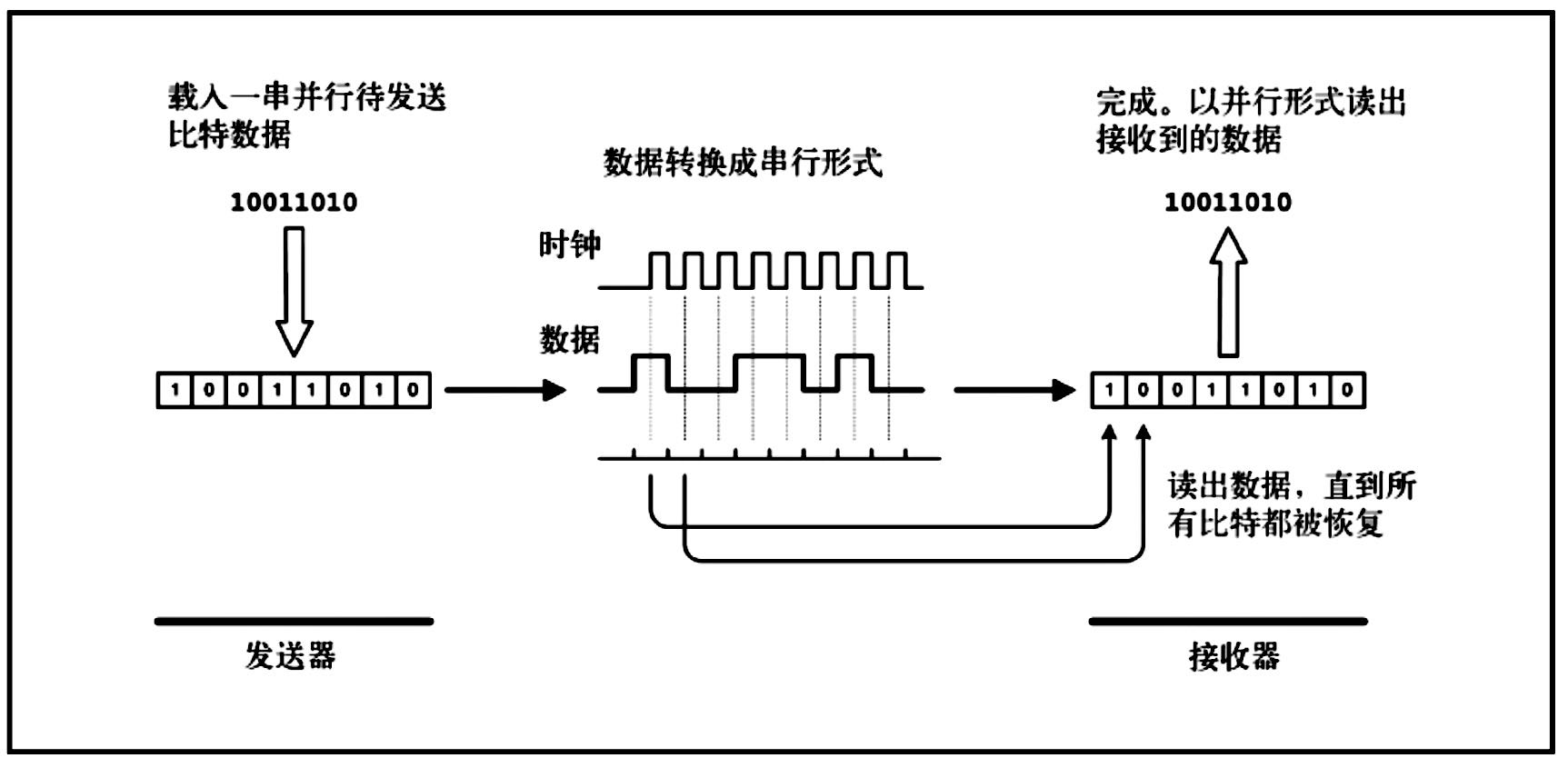

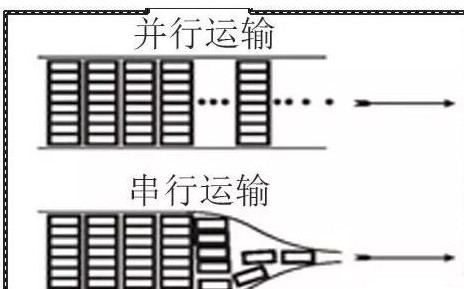
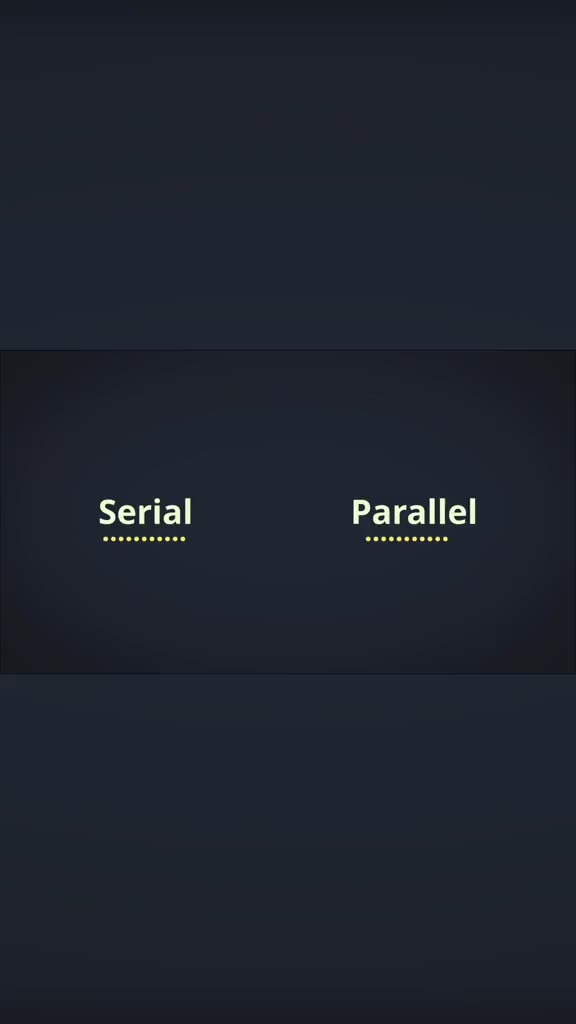


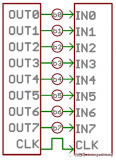
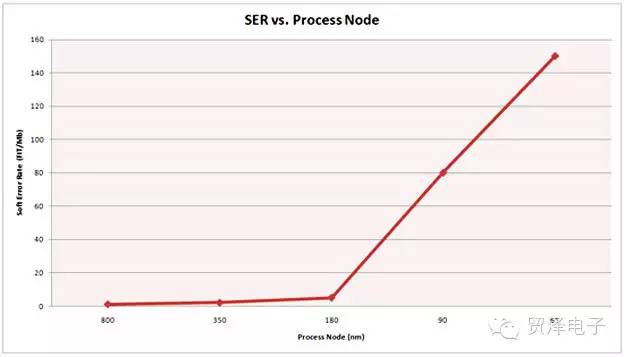
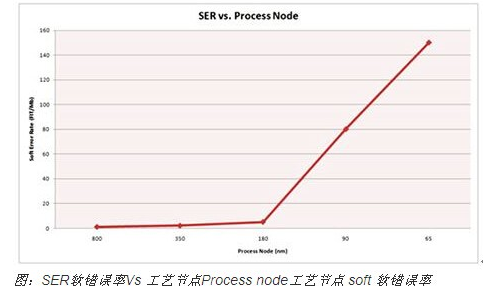
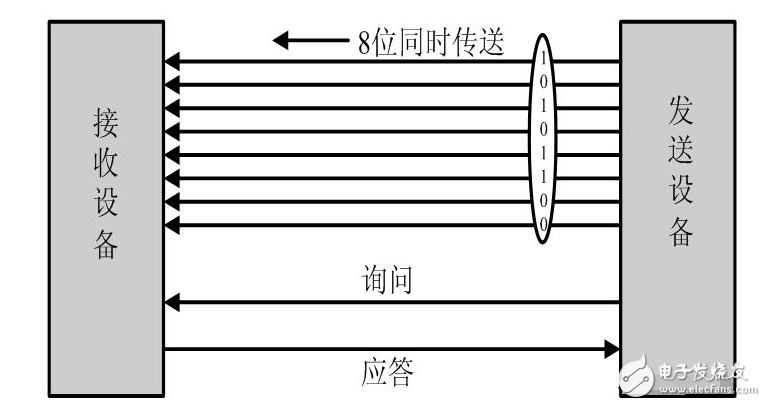
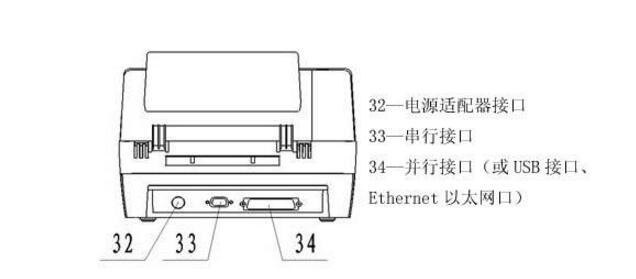
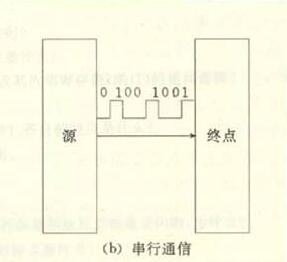
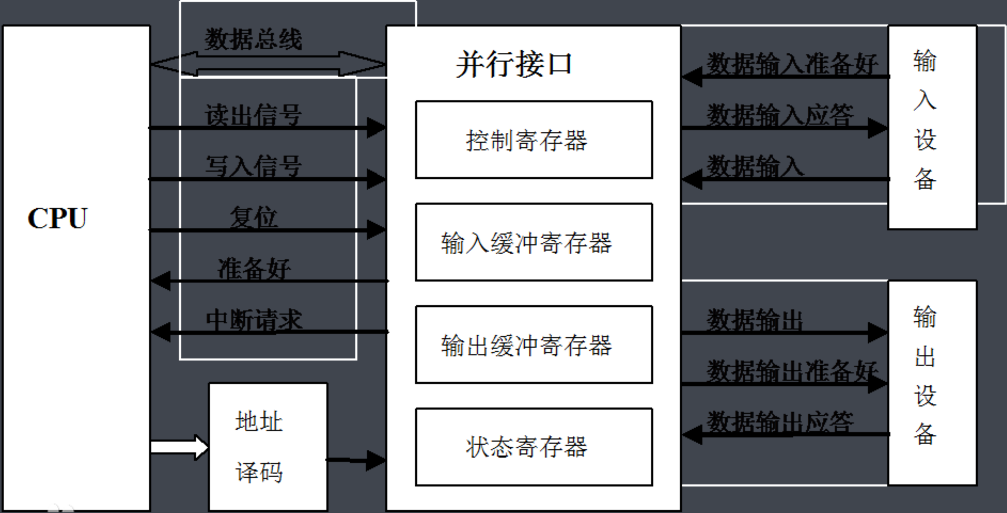

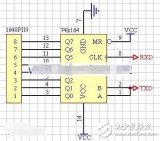
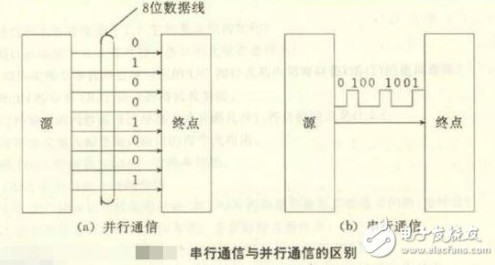
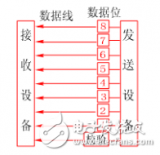

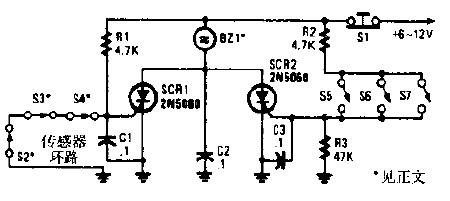
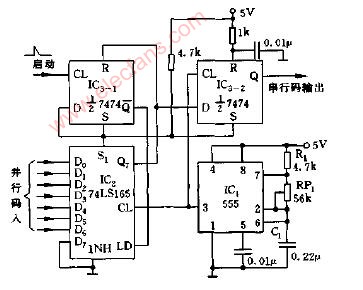










评论